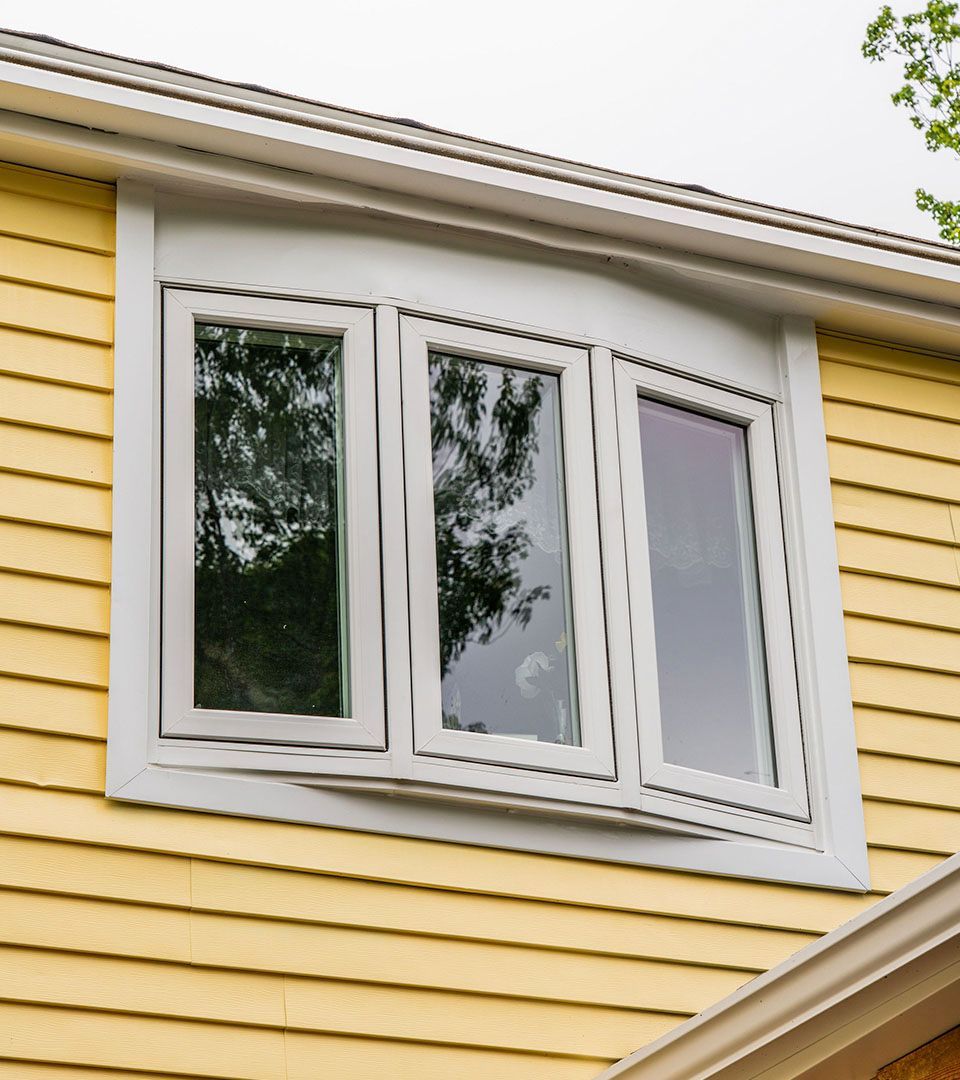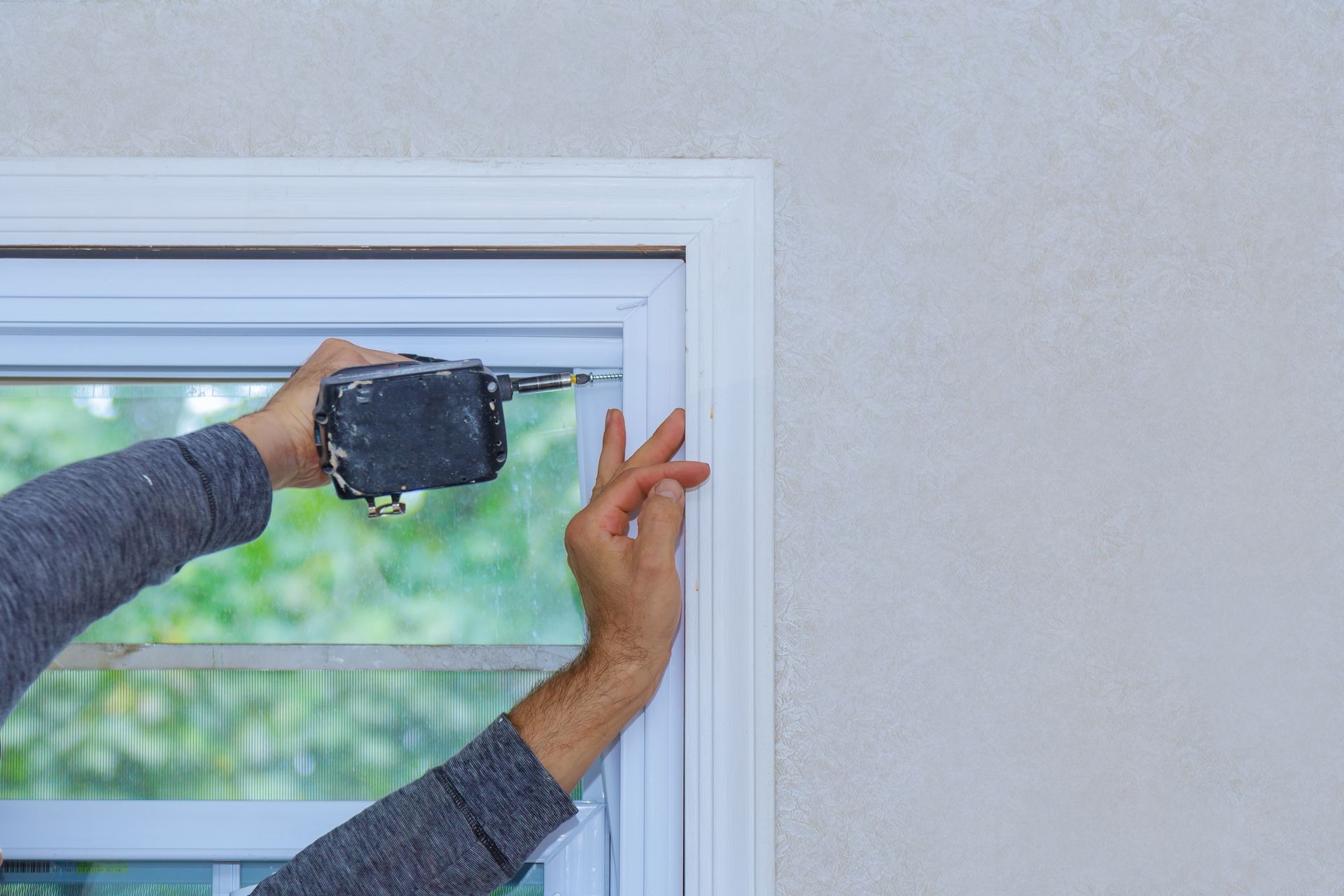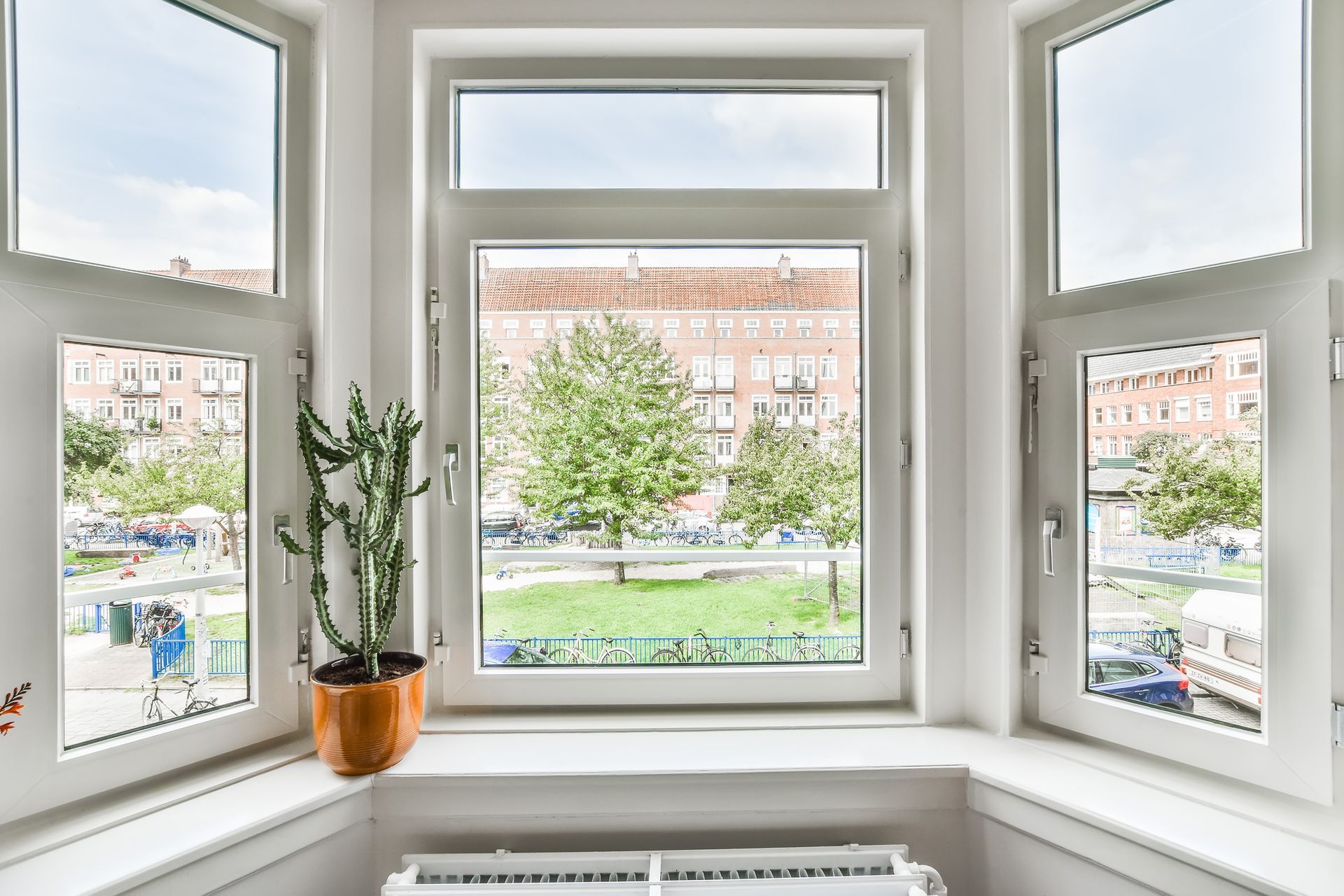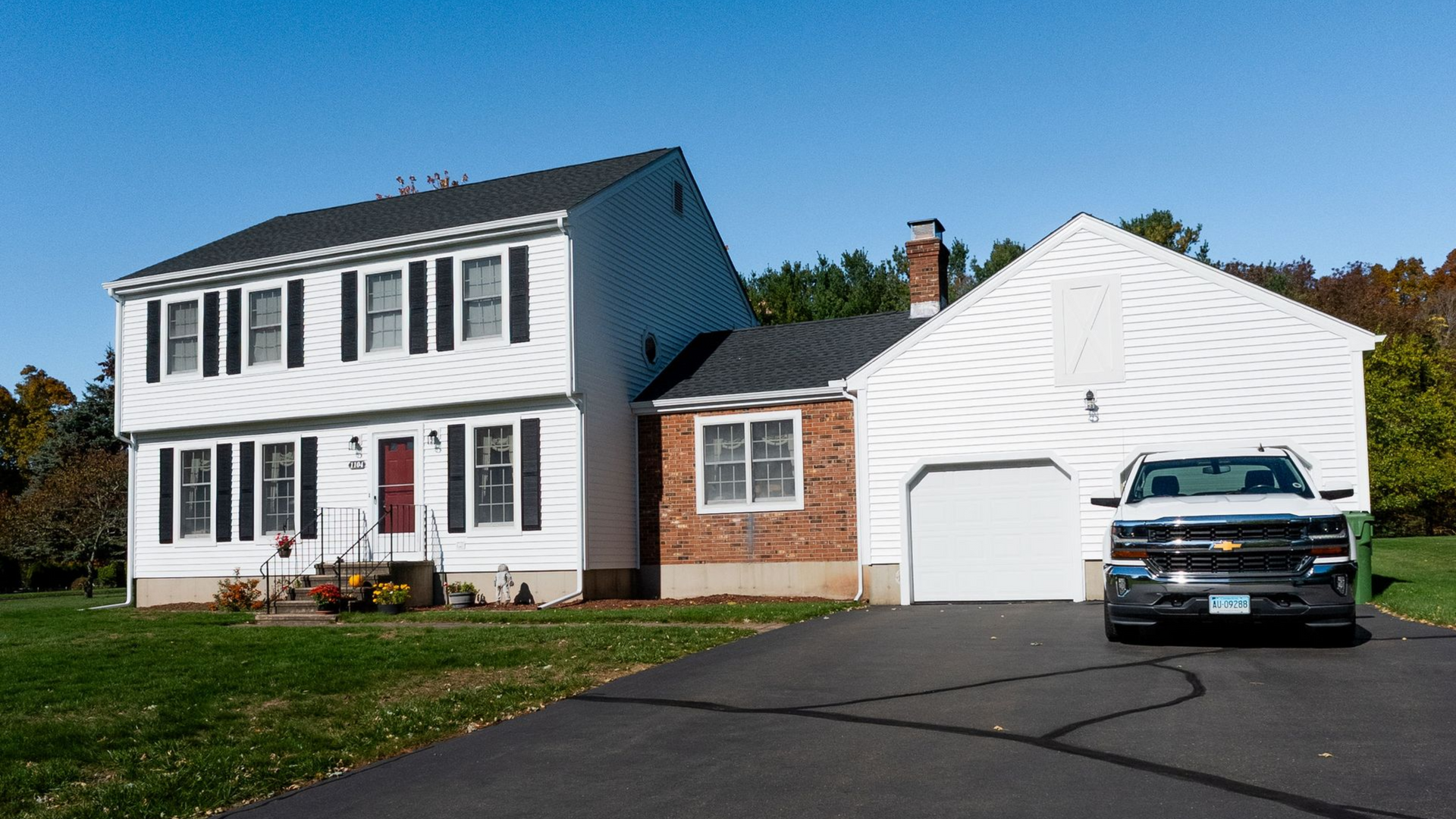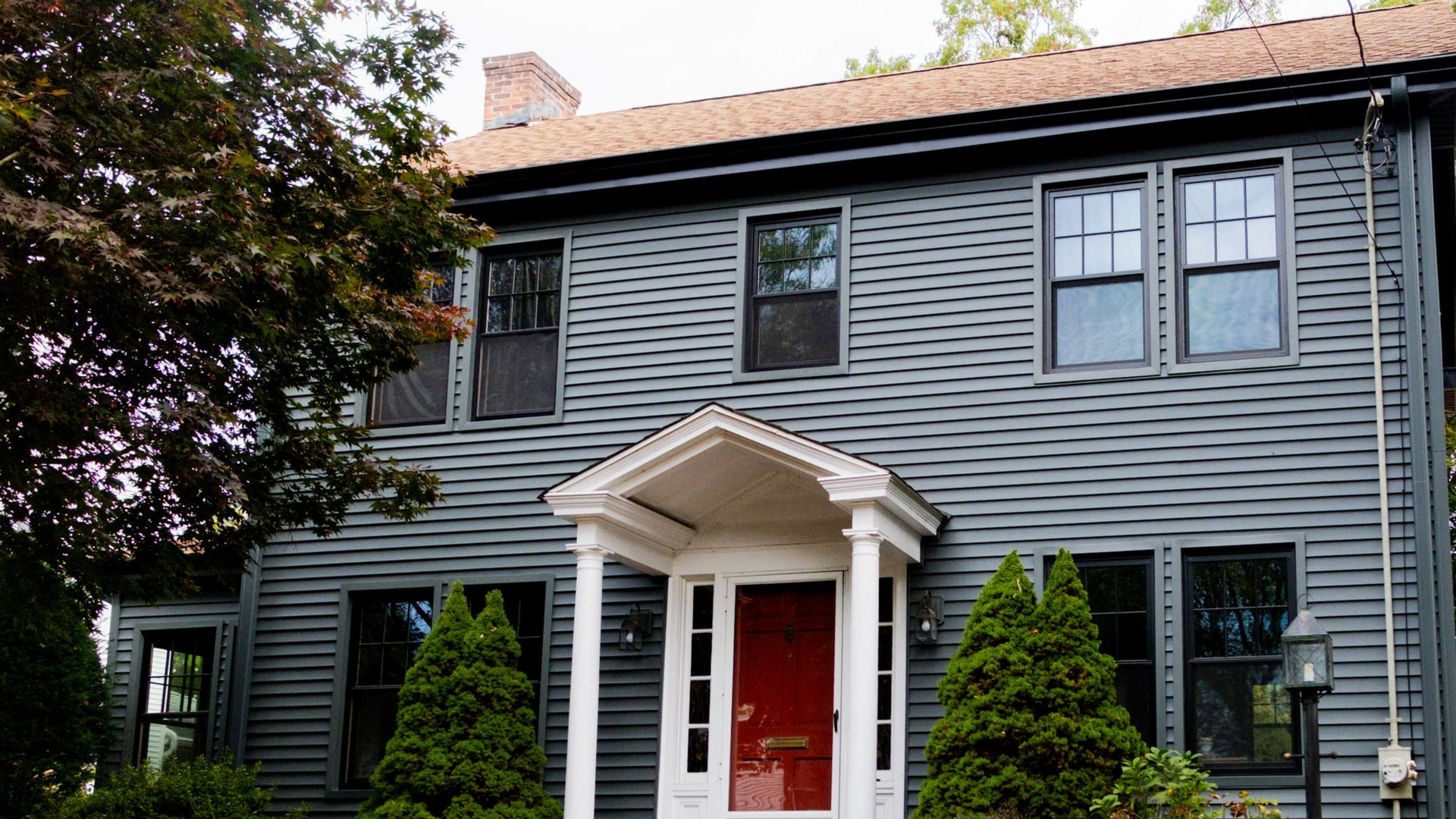What Are the Best Windows for Airflow and Why?

Proper airflow isn’t just about comfort—it plays a critical role in maintaining healthy indoor air quality, regulating temperature, and reducing energy bills. One of the simplest and most effective ways to improve natural ventilation in your home is by choosing the right windows. Window design greatly affects how fresh air flows into and out of a space, influencing the overall atmosphere of a home.
So, what are the best windows for airflow—and why do they work better than others? Let’s break it down.
Why Airflow Matters in Home Design
Natural airflow, also called passive ventilation, helps remove stale indoor air, reduce moisture buildup, and bring in fresh oxygen. Beyond health benefits, it also helps reduce reliance on HVAC systems, which can lower energy consumption.
Windows are the primary gateway for natural ventilation. The right window style can significantly improve indoor air circulation, regulate humidity, and increase overall comfort without increasing energy costs.
Key Factors That Affect Window Airflow
Window Placement and Orientation
Strategic window placement—especially across from each other—encourages cross-ventilation. This allows air to flow naturally through the home and expel warm or stale air.
Size and Shape of the Opening
Larger openings enable more air to pass through. Certain styles allow for a full or nearly full window opening, maximizing airflow.
Ease of Operation
Windows that open and close smoothly, and stay securely in position, are more likely to be used regularly for ventilation.
Compatibility with Cross-Ventilation
Homes benefit most when windows work together across multiple walls to allow a steady, unblocked flow of air from one side of a room or building to the other.
Top Window Styles for Airflow
Casement Windows
Casement windows are widely considered the best for maximizing airflow. Hinged at the sides, they swing outward like a door, opening fully and catching passing breezes. They can even be angled to funnel wind into your home, making them ideal for directional ventilation. Because they seal tightly when closed, they’re also energy-efficient and perfect for narrow wall spaces.
Double-Hung Windows
Double-hung windows offer a unique advantage: they allow for ventilation through both the top and bottom sashes. Warm air exits through the top opening while cool air enters from below, creating a continuous cycle of fresh airflow. These windows are especially effective in bedrooms and living areas with vertical airflow needs.
Sliding Windows
Sliding windows are great for horizontal airflow, especially in wide rooms. They operate by sliding one sash over the other and provide a generous opening. While they don’t open as fully as casement windows, their broad design allows for consistent and steady airflow.
Awning Windows
Hinged at the top and opening outward, awning windows are a smart option for year-round airflow—even during rain. Their design protects the opening from water while still allowing fresh air in. They’re often installed higher on walls or above larger fixed windows to maintain privacy and consistent ventilation.
Bay and Bow Windows
While these windows are better known for their architectural beauty, they also promote airflow effectively. Composed of multiple angled panes, bay and bow windows can catch breezes from different directions. If the individual sections are operable (like casement or double-hung), they can significantly enhance cross-ventilation while adding visual interest to your home.
How to Choose the Right Window for Airflow in Your Space
When selecting windows, consider how the style fits with your home layout and specific airflow goals:
- Room Layout: Think about where airflow is needed most—such as kitchens, bedrooms, or bathrooms—and how windows can be positioned to improve cross-ventilation.
- Climate and Orientation: Wind patterns and sun exposure should influence your decision. South- and west-facing windows receive the most sunlight, which affects ventilation needs.
- Energy Efficiency: Don’t trade off insulation for ventilation. Look for double-glazed or energy-rated windows that combine airflow with heat retention and weather protection.
Final Thoughts
The best windows for airflow are those that provide maximum opening capacity, are easy to operate, and can be strategically placed for cross-ventilation. Casement windows often top the list due to their wide opening range and directional control. Double-hung, sliding, awning, and bay/bow windows also offer distinct airflow advantages based on their design and placement.
If you're upgrading your windows, consider both airflow performance and energy efficiency. Investing in the right window styles can make your home feel fresher, cooler, and more comfortable all year long—without relying heavily on mechanical systems.
Frequently asked questions
About Best Windows for Airflow
What type of window is best for air flow?
Casement windows are widely considered the best for airflow. They open outward like a door, using a crank, which allows them to fully open and capture side breezes—especially when oriented correctly. Their ability to direct air inward makes them extremely effective.
What is the best window position for airflow?
Cross-ventilation is key. Position windows on opposite or adjacent walls to allow air to flow through the room. Windows placed higher on one wall and lower on another can also create a vertical airflow effect, helping hot air escape while cooler air enters.
What are the best window coverings to allow air flow?
Look for lightweight, breathable window treatments such as:
- Sheer curtains – allow air to pass while diffusing sunlight
- Solar shades – reduce heat without blocking airflow
- Roller shades – easy to lift for full window exposure
- Louvered blinds – adjustable to control both airflow and privacy
Avoid heavy drapes or blackout curtains if maximizing airflow is the goal.
Which type of window operation provides the best ventilation?
Windows that fully open, such as:
- Casement (side-hinged)
- Awning (top-hinged)
- Double-hung (top and bottom open)
These allow for stronger, more adjustable airflow than sliding or fixed windows.
What window coverings never go out of style?
Timeless window coverings include:
- Wood shutters – classic, durable, and adjustable
- Roman shades – clean lines and versatile fabrics
- Sheer drapes – soft, elegant, and airy
- Neutral-toned roller or cellular shades – simple and energy-efficient
They blend well with various design styles and tend to remain popular year after year.

